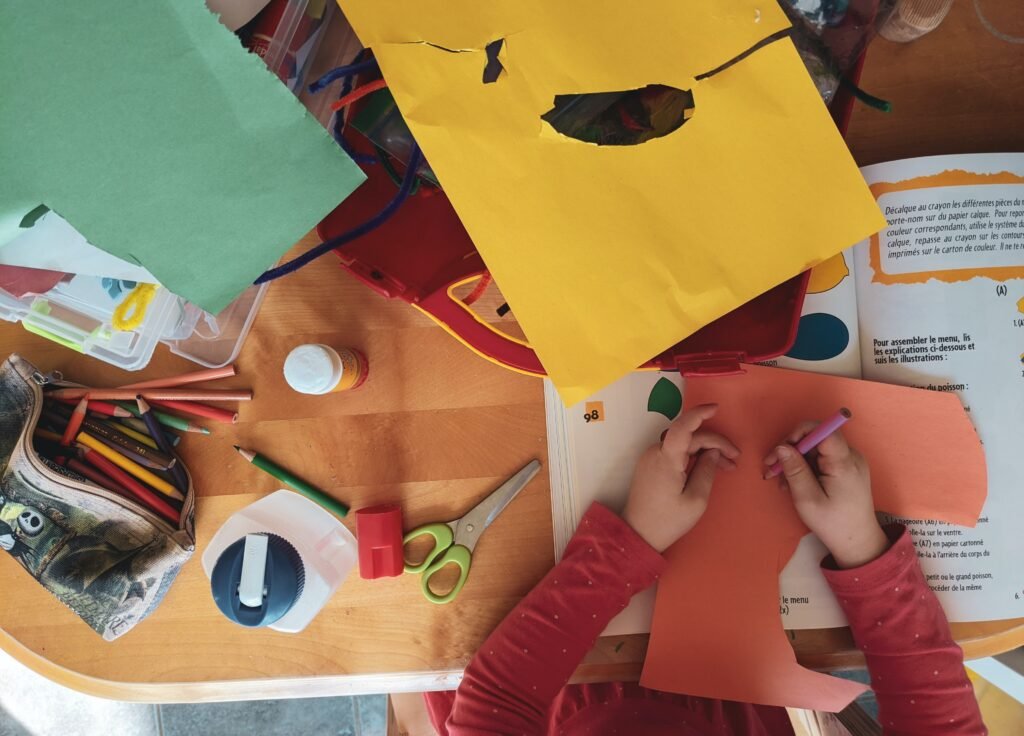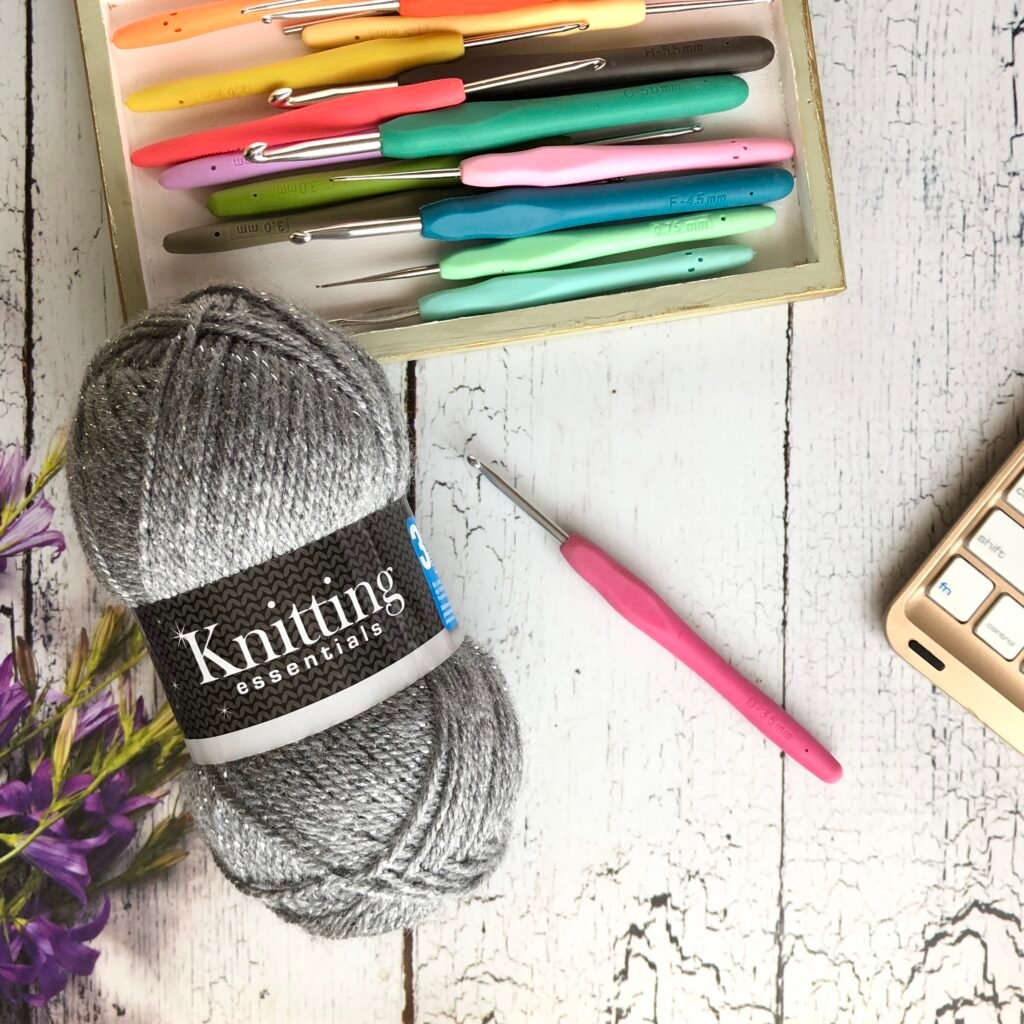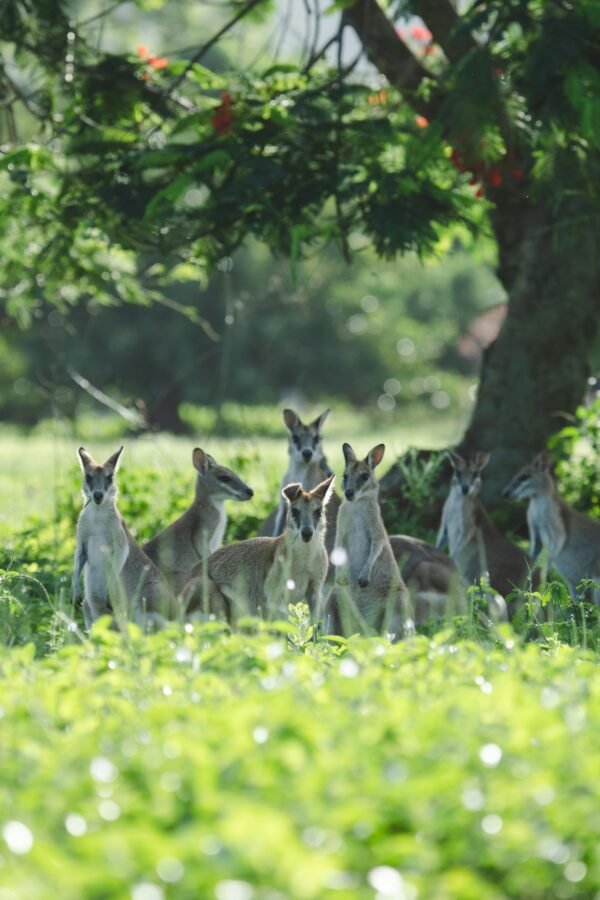Have you ever wondered how to transform your favorite photos into a personalized coloring book? Look no further! In this article, we will guide you through the simple and enjoyable process of turning your memorable snapshots into delightful coloring pages. Whether it’s a cherished family portrait or a breathtaking landscape, with just a few easy steps, you can create a unique coloring book that will bring joy and creativity to both children and adults alike. Let’s explore how you can bring your photos to life in a whole new way!
Choosing the Right Photos
When it comes to creating a coloring book from photos, the first step is to choose the right photos. This is crucial to ensure that the final coloring pages are of high quality and appeal to the intended audience.
Selecting High-Quality Photos
To create a visually stunning coloring book, it is important to start with high-quality photos. Look for photos with clear details, vibrant colors, and good resolution. This will ensure that the coloring pages turn out beautifully, with intricate details and crisp lines. Avoid using blurry or pixelated images as they may result in less satisfying coloring pages.
Picking Photos with Clear Outlines
The outline of the subject in a photo plays a vital role in determining how suitable it is for a coloring book page. Choose photos with subjects that have well-defined outlines and distinct shapes. This will make it easier to convert the photos into coloring pages, giving colorists clear boundaries to work with. Avoid photos with complex or ambiguous outlines, as they may lead to confusion and unsatisfactory results.
Choosing Varied Subject Matters
When selecting photos for your coloring book, it is important to provide variety in subject matters. Include a diverse range of images, such as animals, nature scenes, objects, and people. This will cater to different interests and preferences, making your coloring book more appealing to a wider audience. Consider including both simple and detailed images to cater to different skill levels of colorists.
Considering Advanced Coloring Techniques
For those looking to create a coloring book targeted at experienced colorists or those interested in advanced coloring techniques, it is important to choose photos that allow for such techniques. Look for images with intricate details, shading, and texture, as these can provide a more challenging and rewarding coloring experience. Consider including photos that lend themselves well to techniques like blending, shading, and adding highlights.
Preparing the Photos
Once you have selected the photos for your coloring book, it’s important to prepare them properly to ensure they are ready for coloring.
Editing the Photos
Before converting the photos into coloring pages, it’s a good idea to edit them to enhance their appearance. Use photo editing software or apps to adjust the overall look of the photos, such as adjusting the exposure, saturation, and sharpness. This will help bring out the best in each image, making the coloring pages more visually appealing.
Adjusting Contrast and Brightness
To make the outlines of the subject pop and improve the coloring experience, consider adjusting the contrast and brightness of the photos. This can be especially important if you are converting colored photos into coloring pages, as vibrant colors may distract from the outlines. Increase the contrast and adjust the brightness to highlight the outlines and make them more prominent.
Removing Unwanted Background
To create clean and focused coloring pages, it’s often necessary to remove any unwanted background from the photos. Use photo editing software or apps with background removal tools to isolate the subject from the surroundings. This will give colorists a clear space to work with and eliminate any distractions that may interfere with the coloring process.
Cropping and Resizing the Photos
To ensure consistency and a cohesive look throughout your coloring book, it’s important to crop and resize the photos to a uniform size. This will also make it easier to fit the images onto the coloring book pages. Choose a suitable aspect ratio and dimensions, keeping in mind the intended final size of your coloring book. Experiment with different cropping and resizing options to find the best fit for each image.

Converting Photos to Coloring Pages
Now that your photos are prepared, it’s time to convert them into coloring pages. There are various methods you can use, depending on your preference and the tools available to you.
Using Online Coloring Page Generators
One convenient way to convert your photos into coloring pages is by using online coloring page generators. These platforms allow you to upload your photos and automatically transform them into coloring pages. Simply follow the instructions provided by the generator, adjust any settings if necessary, and download the coloring pages. This method is especially useful if you don’t have access to specialized software or prefer a quick and easy process.
Exploring Coloring Book Apps
Coloring book apps often have built-in features that allow you to convert photos into coloring pages. Explore different coloring book apps and their functionalities to find one that suits your needs. These apps usually offer a range of customization options, such as adjusting the outlines, adding filters, or applying effects to enhance the coloring pages. Experiment with different settings to achieve the desired look for your coloring book.
Utilizing Image Editing Software
If you are comfortable working with image editing software, such as Adobe Photoshop or GIMP, you can use these tools to manually convert your photos into coloring pages. This method allows for maximum control and customization. Use techniques like thresholding or posterization to create clear outlines and limited colors. Experiment with different settings and filters to achieve the desired aesthetic for your coloring pages.
Converting Photos Manually
For those who enjoy a hands-on approach, manually converting photos into coloring pages can be a creative and fulfilling process. Print out the selected photos and trace the outlines onto a new sheet of paper using a lightbox or a sunny window. Once you have the outlines transferred, use pens or markers to add details and shading. This method allows for complete artistic freedom and customization, as you can add or subtract elements as you see fit.
Printing Your Coloring Book
Now that you have your collection of coloring pages, it’s time to bring them to life by printing them. Consider the following factors when deciding how to print your coloring book.
Choosing the Right Paper
Choosing the right paper for your coloring book is crucial to create a pleasurable coloring experience. Opt for heavyweight paper, preferably with a smooth texture. This will prevent colors from bleeding through, allow for easy blending, and provide a sturdy surface for your colorists. Matte or satin finishes work well for coloring pages, as they minimize glare and enhance the vibrancy of the colors.
Printing at Home
If you have access to a high-quality printer and are comfortable with DIY printing, you can print your coloring book pages at home. Ensure that you have enough ink cartridges on hand and select a high-quality print setting for the best results. Test print a few pages first to ensure the colors and details come out as desired. Depending on the size of your coloring book, you may need to print the pages in batches and then assemble them.
Using Professional Printing Services
For a more polished and professional look, consider using a printing service to print your coloring book. Many local print shops or online printing companies offer affordable and high-quality printing services. This option is especially useful if you are planning to sell or distribute your coloring book commercially. Discuss your requirements with the printing service and ask for a sample print to ensure the colors and details are reproduced accurately.
Considering Binding Options
To give your coloring book a finished and professional appearance, consider the various binding options available. Coil binding or saddle stitching are popular choices for coloring books. Coil binding allows the book to lay flat when opened and provides flexibility, ensuring that pages can be easily turned and detached if desired. Saddle stitching is a cost-effective option and works well for 색칠 공부 책 with fewer pages. Choose a binding style that complements the size and thickness of your coloring book.

Adding Designs and Backgrounds
To enhance the coloring experience and make your coloring book visually appealing, consider adding designs and backgrounds to the pages.
Adding Borders and Frames
Borders and frames can give your coloring pages a polished and cohesive look. Choose border designs that complement the subject matter and style of your coloring book. Simple or intricate geometric patterns, floral motifs, or whimsical shapes can be used to frame the coloring areas. Make sure to select colors for the borders that do not overpower the main subject or distract from the coloring process.
Incorporating Patterns and Textures
Patterns and textures can add visual interest and depth to your coloring book pages. Consider adding background patterns or textures that complement the subject matter. Simple patterns like dots, stripes, or chevrons can work well, or you can opt for more elaborate designs such as paisleys or mandalas. Experiment with different patterns and textures to find the ones that enhance the overall look and feel of your coloring book.
Including Background Images
For more elaborate coloring book pages, consider incorporating background images that provide context or set the scene for the main subject. This works especially well for nature scenes, landscapes, or fantasy-themed coloring books. Use images that are not too distracting and allow enough space for coloring. Make sure the background image does not overpower the main subject but adds depth and visual interest to the page.
Creating Scene Templates
To offer a more immersive coloring experience, create scene templates that encompass multiple coloring pages. This allows colorists to create a cohesive and complete scene by coloring multiple pages that fit together. Consider creating templates for landscapes, cityscapes, or underwater scenes. Ensure that the pages can be easily assembled or bound together to form a larger composite scene.
Enhancing Coloring Pages
To take your coloring book to the next level, consider enhancing the coloring pages to create a more captivating and interactive experience for colorists.
Adding Shadows and Highlights
Adding shadows and highlights to the coloring pages can make the subjects appear more three-dimensional and realistic. Use shading techniques to create depth and dimension, giving colorists the opportunity to explore different lighting effects. Consider using markers, colored pencils, or digital tools for adding shadows and highlights. Provide colorists with clear instructions and examples for achieving the desired effects.
Adding Depth and Dimension
To make your coloring book pages more visually engaging, experiment with adding depth and dimension. This can be achieved through various techniques such as gradient coloring, layering colors, or creating a sense of perspective. Encourage colorists to explore different coloring techniques to bring the images to life. Include examples and step-by-step instructions to help colorists understand and apply the techniques effectively.
Adding Decorative Elements
To make your coloring book pages stand out, consider adding decorative elements that can be colored separately or used as embellishments. These could include intricate borders, ornaments, flourishes, or small details that can be colored with precision. Choose decorative elements that are relevant to the subject matter and style of your coloring book. Ensure that these elements do not overwhelm the main subject and provide enough space for colorists to express their creativity.
Incorporating Interactive Elements
For a unique and interactive coloring experience, consider incorporating interactive elements into your coloring book. This could involve adding hidden pictures, puzzles, or coloring challenges within the pages. Provide hints or instructions to guide colorists and encourage them to discover these elements while coloring. Interactive elements can add an extra layer of engagement and enjoyment to the coloring process.

Considering Coloring Book Themes
Choosing the right theme for your coloring book is essential to attract your target audience and create a cohesive collection of coloring pages.
Animals and Nature
Animal and nature-themed coloring books are perennial favorites among both children and adults. You can feature a variety of animals, from domestic pets to wildlife, and include different natural elements such as flowers, trees, and landscapes. Consider focusing on specific habitats or ecosystems to provide educational value and explore the diversity of the natural world.
Fantasy and Fairy Tales
For those looking to create a whimsical and enchanting coloring book, consider a fantasy or fairy tale theme. This theme allows for creativity and imagination, featuring mythical creatures, magical landscapes, and fairytale characters. Include elements from traditional folklore or create your unique fantasy world. This theme appeals to both children and adults who enjoy diving into a world of make-believe.
Mandalas and Geometric Patterns
Mandalas and geometric patterns are popular among adults seeking relaxation and stress relief through coloring. These intricate and symmetrical designs provide a meditative coloring experience, allowing colorists to focus on repetitive patterns and find inner calm. Include various mandalas, geometric shapes, and tessellations in your coloring book, ranging from simple to complex designs to cater to different skill levels.
Quotes and Inspirations
Incorporating quotes, affirmations, or inspirational messages into your coloring book can add a deeper meaning and purpose to the coloring experience. Choose quotes or phrases that resonate with your target audience, whether they seek motivation, self-reflection, or mindfulness. Combine the quotes with relevant imagery or design elements to reinforce the message and encourage positive and uplifting coloring sessions.
Adding Coloring Tips and Instructions
To assist colorists and enhance their experience, provide helpful tips and instructions in your coloring book.
Demonstrating Different Coloring Techniques
Include a section in your coloring book that demonstrates different coloring techniques. Provide examples and step-by-step instructions for techniques such as blending colors, creating gradients, or adding texture. This helps colorists improve their coloring skills and encourages them to experiment with new techniques.
Including Color Palettes and Swatches
To assist colorists in selecting and coordinating colors, include color palettes and swatches in your coloring book. This provides inspiration and guidance for color combinations. Create color schemes that complement the subject matter or theme of each coloring page. Include both traditional and unconventional color choices to encourage colorists to explore and experiment.
Providing Coloring Instructions
In addition to technique demonstrations, provide clear instructions on how to color specific elements or sections within the coloring pages. This can include tips on coloring hair, skin tones, or different types of fabric. Break down the coloring process into manageable steps and provide colorists with guidance on which colors to use for each element. This ensures that colorists can achieve satisfying results and feel confident in their coloring abilities.
Sharing Color Blending Techniques
Blending colors is an essential skill for creating depth and dimension in coloring. Dedicate a section of your coloring book to explain different color blending techniques, such as layering colors, using colored pencils, or blending with markers. Provide examples and encourage colorists to practice blending techniques on designated pages or blank spaces. This allows colorists to refine their blending skills and create more realistic and visually appealing coloring pages.
Exploring Digital Coloring Books
With the rise of digital technologies, digital coloring books have gained popularity. Consider exploring the digital realm to reach a wider audience and offer a unique coloring experience.
Creating Digital Coloring Pages
To create digital coloring pages, convert your photos into digital format using scanning or photography techniques. Use image editing software to enhance the coloring pages and prepare them for digital use. Convert the images into a suitable format such as JPEG or PNG and ensure they are of high resolution. This allows colorists to enjoy the experience of coloring digitally.
Using Digital Coloring Tools
For a digital coloring experience, explore various digital coloring tools and applications. These tools often provide a wide array of colors, brushes, and effects to enhance the coloring process. Familiarize yourself with the features and functionalities of digital coloring tools to offer a seamless and enjoyable experience for your audience. Consider providing recommendations or tutorials on the best digital coloring tools to use with your coloring book.
Sharing and Distributing Digital Coloring Books
Digital coloring books can be easily shared and distributed online. Consider creating digital versions of your coloring book and offering them as downloads on your website or through various digital platforms. Ensure that the digital files are compatible with popular devices and can be easily accessed and printed by your audience. Explore online marketplaces or coloring book platforms to reach a wider audience and gain exposure for your digital coloring book.
Considering Interactive Coloring Apps
To bring a new level of interactivity to your coloring book, consider creating or collaborating with developers to create an interactive coloring app. These apps often offer additional features such as color-picking tools, special effects, or animated coloring pages. Explore the possibilities of enhancing the coloring experience through interactive elements and engaging with your audience in a new and exciting way.
Sharing and Publishing Your Coloring Book
Once your coloring book is complete, it’s time to share and publish it to reach your audience and potentially generate revenue.
Creating a Digital Portfolio
To showcase your coloring book and attract potential buyers or collaborators, create a digital portfolio. This can be a website, blog, or social media account dedicated to your coloring book. Include images from the coloring book, descriptions, and information about your creative process. Regularly update your portfolio with new samples, reviews, or testimonials to build credibility and establish your presence in the coloring book community.
Publishing on Coloring Book Platforms
Consider publishing your coloring book on dedicated coloring book platforms or marketplaces. These platforms provide a ready-made audience of colorists and offer distribution channels for your coloring book. Research different platforms and their submission guidelines to ensure your coloring book meets their requirements. Leverage the marketing and promotional opportunities provided by these platforms to reach a wider audience and increase your book’s visibility.
Sharing on Social Media
Harness the power of social media to promote and share your coloring book. Create dedicated social media accounts for your coloring book and regularly post images, coloring tips, or behind-the-scenes insights. Engage with your audience by running competitions, encouraging user-generated content, or offering exclusive discounts. Sharing your coloring book on social media allows you to build a community of colorists, gain valuable feedback, and attract potential buyers.
Selling Your Coloring Book
If you intend to sell your coloring book, explore different sales channels and consider multiple revenue streams. Sell physical copies of your coloring book both online and offline, through platforms like your website, online marketplaces, or local bookstores. Consider offering digital copies for sale or as downloads on your website or through digital platforms. Expanding your sales avenues ensures that your coloring book reaches a wider audience and maximizes your potential revenue.
In conclusion, creating a coloring book from photos can be a fun and rewarding process. By carefully selecting the right photos, preparing them properly, and adding thoughtful enhancements, you can create a coloring book that appeals to your target audience and provides an enjoyable coloring experience. Whether you choose to print physical copies or explore the world of digital coloring, the possibilities are endless. So go ahead, unleash your creativity, and bring your photos to life as coloring pages that will delight and inspire colorists of all ages.
















